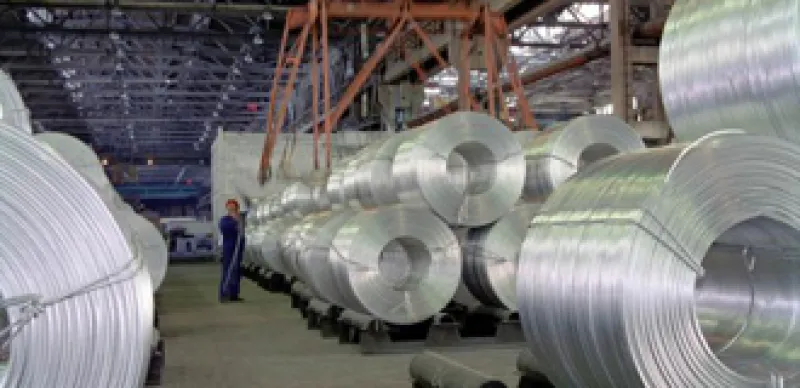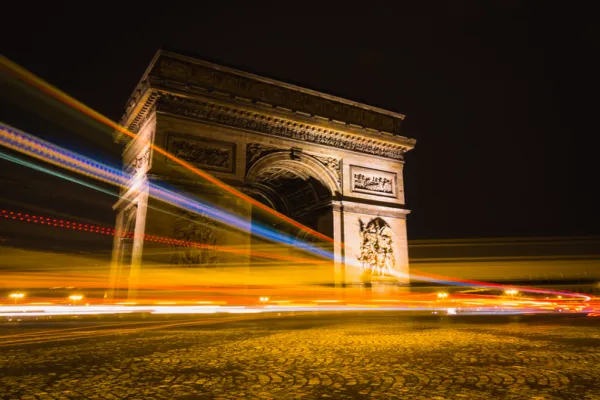To operate a successful aluminum maker requires secure access to bauxite, the raw material of alumina; cheap energy, by far the dominant manufacturing cost; and dependable customers. United Co. Rusal appears to have all three in abundance, which explains why it is the world’s largest aluminum producer.
But there’s another critical factor: ample financing. And there, Rusal’s controlling shareholder and CEO, Oleg Deripaska, has been struggling. Once the richest of Russia’s oligarchs, Deripaska ran up massive acquisition-related debts in recent years only to have the economic crisis imperil his financial position. In an effort to lighten its debt load, on January 27, Rusal raised $2.24 billion by floating a 10.6 percent stake in an initial public offering on the hot Hong Kong market.The deal, led by BNP Paribas and Credit Suisse, sold out even before the road show hit London. No less of an investment world luminary than John Paulson of $30 billion New York hedge fund Paulson & Co., famous for shorting the subprime market precrash, spent $100 million to buy roughly 4.45 percent of the shares at the offering price of HK$10.80 ($1.39) a share. Other name-droppable investors buying Rusal shares included U.K. financier Nathaniel Rothschild and Robert Kuok Hock Nien, believed to be Southeast Asia’s richest person. The offering reduced Deripaska’s stake in the company, which he owns through a second entity, En+ Group, to 47.59 percent.
Yet a few critics suggest that the Russian company may be a little like aluminum itself: shiny but more fragile than it looks. “You’ve got overlapping macro factors that UC Rusal appears poised to benefit from,” allows Andrew Barber, a strategist with Corning, New York, research and asset management boutique Waverly Advisors, which pays close attention to industrial commodities. But when you look behind the aluminum curtain, Barber says, “the company’s financials, to the extent that they are even disclosed, are positively terrifying.”
Rusal’s debt of $14.9 billion at the time of the IPO is certainly eye-opening. In late 2009 the company restructured its then–$16.8 billion in debt; according to the IPO prospectus, it continues to have significant debt and “is subject to stringent covenants and repayment schedules that severely limit its operations and ability to incur new financing.” Although the 2009 restructuring extended the maturity of much of the debt to 2013, Rusal was due to repay a $4.5 billion loan from Russia’s state-owned Vnesheconombank by October 29. If it can’t extend, repay or refinance that loan, the prospectus warns, it “may cease to continue as a going concern.”
In bold red letters the prospectus notes that Rusal does not, in fact, meet the profitability test to list on the Hong Kong exchange but was granted an exception because of its large market cap and revenue ($3.8 billion in 2009’s first half). Hong Kong regulators simply excluded retail investors from the offering. Veteran hedge fund manager John Horseman of Horseman Capital Management devoted his January market commentary to the Rusal IPO. Horseman homed in on the Tolstoyan length of Rusal’s prospectus. “Running to no less than 1,248 pages,” he wrote, “it exceeds even the summary notes at [former Enron CEO Jeffrey] Skilling’s trial. For a business which processes raw bauxite into alumina and then refines this into finished aluminum ingots, clearly there is more than just the company which is under discussion.”
Buyers may have been content to overlook Rusal’s debt problems and transparency issues because of the bull market in emerging-markets stocks and commodities, Horseman says — “and who knows? They could be right, at least for now.”
The market, however, seems to share some of his skepticism. Rusal’s shares opened trading below the IPO price, at HK$9.84, and fell further, to HK$8.02, late last month.






